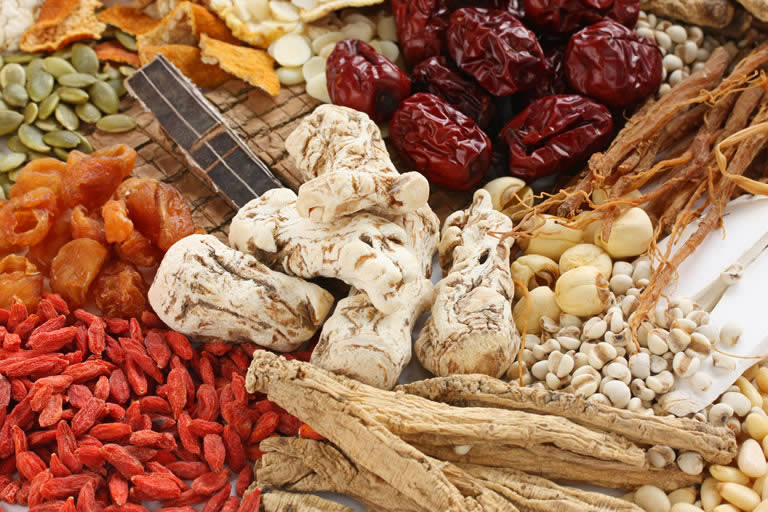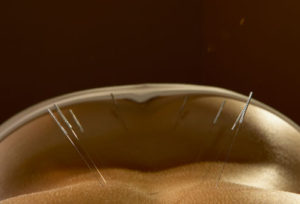As an Acupuncturist in Inverness, I have seen great change during the years that I have lived here. Not only Chinese medicine, but also the range of Complementary Therapies on offer in the Inverness area has increased hugely in the last 25 years.
I moved to the Highlands in 1996 with a 3-month-old baby to live the dream, leave London and live in a beautiful country setting near Alness. At that time there were only 3 other acupuncturists in Inverness, one of whom I was taking over from in her retirement and there was only one other Chinese Herbalist. People in Inverness regarded acupuncture and Chinese herbal medicine as strange and unusual. Since those days many other acupuncture practitioners have moved to the Highlands, other therapists like physiotherapists, osteopaths and chiropractors have started including acupuncture in their treatments and courses have appeared in “dry needling”. This has brought acupuncture and traditional Chinese medicine into the everyday awareness of the Highland community.
When I worked in London, half of my work was in the NHS, in a hospital pain clinic and a doctor’s surgery. Here the treatment was free for all the patients as I was employed by the NHS. I have tried to find similar work up here ever since I moved up but have never managed to achieve this goal. There was a glimmer of hope about 10 years ago when acupuncture was almost awarded NHS funding status in Scotland and I was informed, due to my past experience that the post in Inverness would be offered to me, due to my past experience. Sadly, Complementary Therapies fell out of favour with the governing party of the time, homoeopathy lost it’s funding and acupuncture never started. The closest I got was working from a GP’s practice in Dingwall for 5 years, taking over from a retired doctor who had practised acupuncture from there before. Luckily there are now many supportive local GP’s and hospital consultants who do highly recommend acupuncture treatment, so things have improved.
I have worked as an Acupuncturist in Inverness for 24 years at The Centre for Complementary Therapies (now called Kinmylies Therapy Centre). I have seen many practitioners come and go and the ethos of the clinic has changed over the years. We have all struggled hugely with the coronavirus epidemic, as has every clinic, trying to keep up with the Government regulations and provide an environment that assures patients that they are safe and well cared for.
Although I am an Acupuncturist in Inverness I also work from a lovely little clinic in Dingwall called the Green Oak clinic, which is above Batty’s Baps on the High Street, being above a cafe definitely has it’s advantages when I forget my lunch or need a nice coffee! This is the 4th move in Dingwall, but hopefully, our little band of 4 practitioners will stay for some time as we are very looked after by The Legion staff.
The third clinic I run is from my home in Ardross by Alness. Despite being well out in the country, some patients choose to come to my home as it is very quiet, and some feel it a safer place for treatment during the pandemic.
Normally I would see patients from all over the Highlands and even from Orkney and the Western Isles, however, due to travel restrictions I now offer online consultations, this works particularly well for herbal consultations. I have also used online appointments to show breathing techniques for conditions such as anxiety and long covid lung and remedial exercises for back, neck and shoulder pain. These sessions have also been available for anyone shielding or not confident of going to a public space such as a clinic.
My Yoga classes that are usually in Tain, Ardross and Dingwall, have also returned to Zoom in the second lockdown. I have been enjoying working out different and interesting yoga sequences to challenge all my students.
Please feel free to contact me.

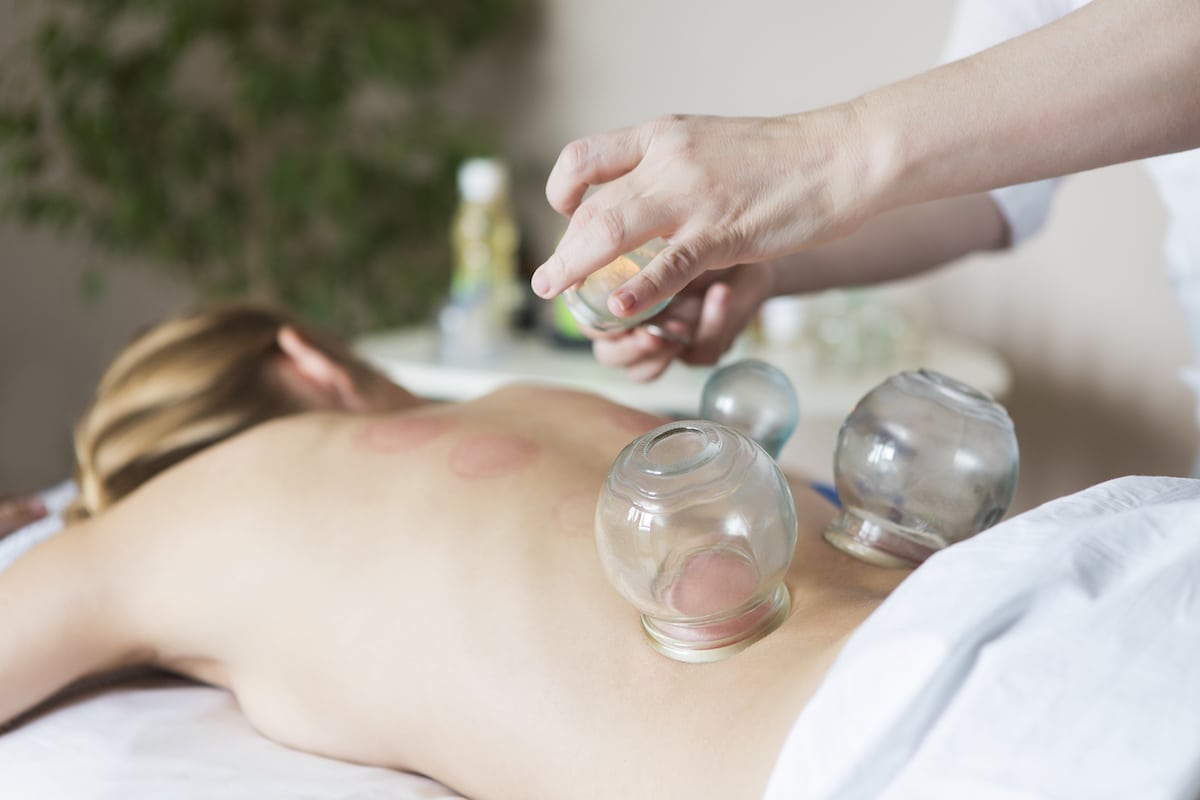
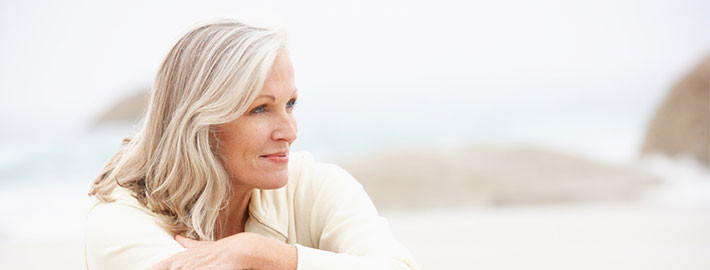
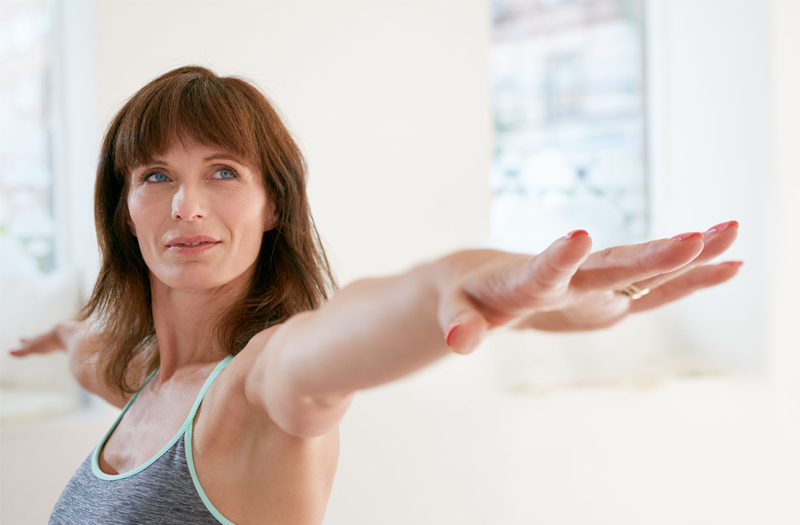


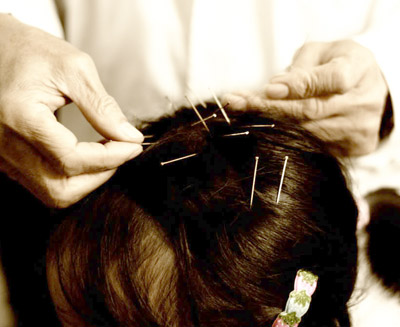
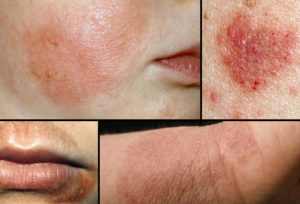
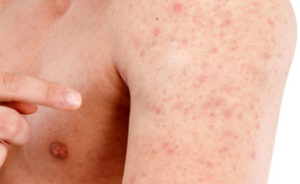 Seborrhoiec dermatitis should not be overlooked. It is often misdiagnosed, as psoriasis on the scalp and eczema on the body. It can cause extreme dandruff and very itchy skin, especially in the larger folds of the skin (armpits, groin and below breasts) and can cause an unpleasant associated smell if there is a secondary yeast infection as well. Again good diagnosis and appropriate herbs for the severity of the dermatitis as well as its location can improve the condition greatly.
Seborrhoiec dermatitis should not be overlooked. It is often misdiagnosed, as psoriasis on the scalp and eczema on the body. It can cause extreme dandruff and very itchy skin, especially in the larger folds of the skin (armpits, groin and below breasts) and can cause an unpleasant associated smell if there is a secondary yeast infection as well. Again good diagnosis and appropriate herbs for the severity of the dermatitis as well as its location can improve the condition greatly.